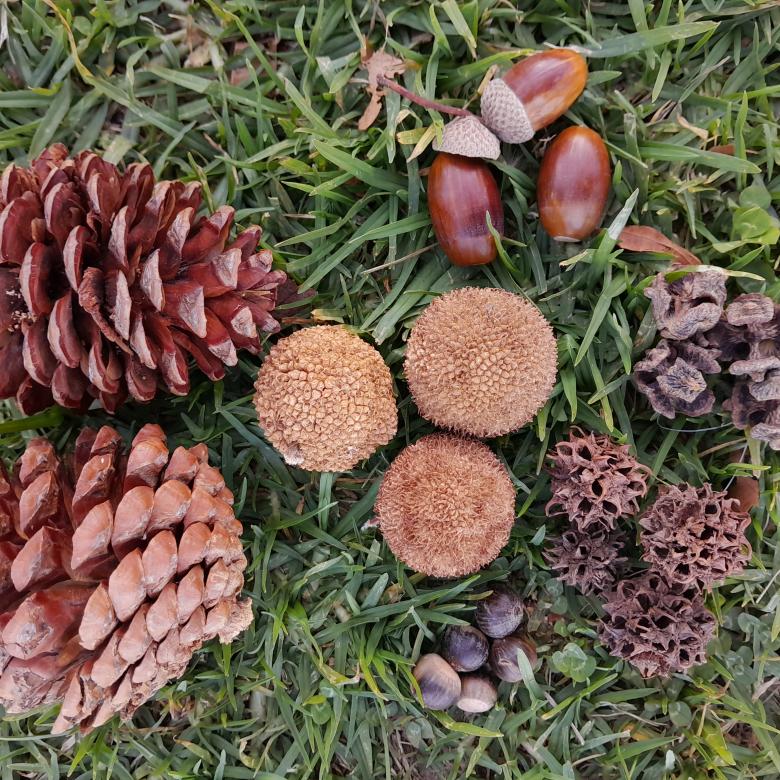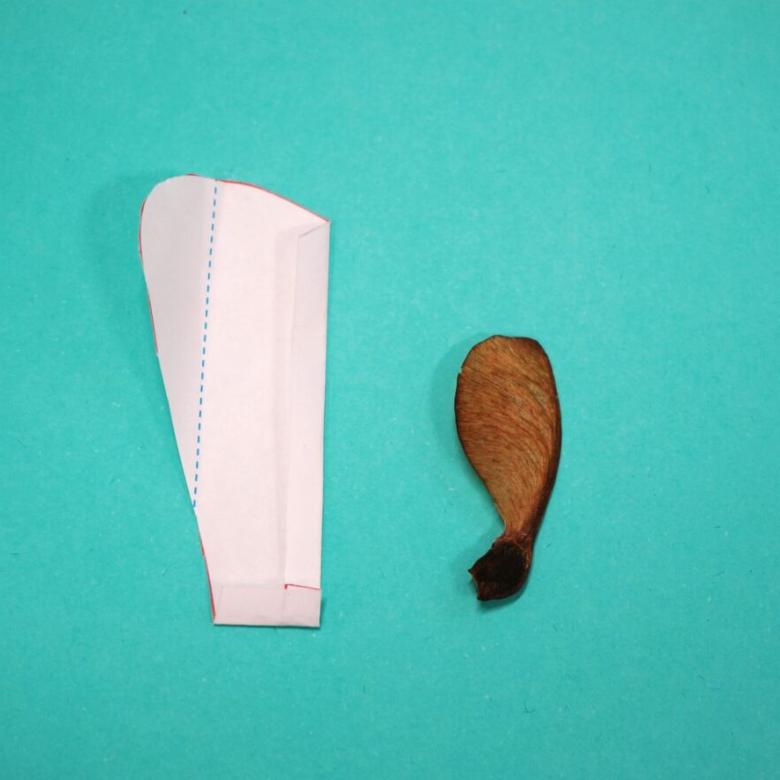You’ll need
- A 600 mL plastic bottle
- Scissors
- 2 round balloons (30 cm in diameter when inflated)
- A plastic straw
- A rubber band
- A pencil
- A ball of plasticine (4 cm in diameter)
What to do
- Gather your materials on a flat surface.
- Use the scissors to cut the plastic bottle in half.
- Use the scissors to cut the neck off one balloon. Stretch the balloon over the bottom of the bottle.
- Place one end of the straw into the other balloon. Use the rubber band to attach the balloon to the straw.
- Use the pencil to make a hole through the plasticine. Push the straw through the hole until there is at least 8 cm of straw on the other side of the plasticine. Gently squeeze the plasticine to seal it around the straw.
- Place the balloon end of the straw into the bottle through the neck. Use the plasticine to seal the neck of the bottle.
- Slowly pull down on and release the balloon at the base of the bottle. Watch the balloon inside the bottle and feel the air moving in and out of the straw.
What's happening
What happens to the balloon inside the bottle when you pull down on the other balloon?
What happens when you release the other balloon?
What if you keep pulling and releasing the balloon really quickly?
What's happening
In this model:
- the straw acts as an airway
- the balloon inside the bottle acts as a lung
- the stretched balloon acts as a diaphragm
- the inside of the bottle acts as a chest cavity.
The diaphragm is a muscle that sits below your lungs and helps you breathe.
When you pull down on the ‘diaphragm’ balloon there is more space inside. This makes the air pressure inside the bottle lower than the air pressure outside the bottle. The lung balloon has ‘bottle’ air pressure on one side of the rubber and ‘room’ air pressure on the other side. Now the bottle air pressure is lower, so the room air pressure pushes harder and stretches the balloon and rushes into it. When the balloon gets bigger, there is less room in the bottle. So the bottle pressure increases. When the bottle pressure balances the air pressure in the room, the balloon stops inflating.
When you let go of the ‘diaphragm’ balloon, the volume inside the bottle gets smaller. This increases the air pressure inside the bottle so it’s higher than the air pressure outside the bottle. Air flows out of the ‘lung’ balloon through the straw.
When you breathe in, or inhale, your diaphragm contracts and makes the volume of your chest cavity bigger. Air from outside enters your airways and fills your lungs. When you breathe out, or exhale, your diaphragm relaxes and makes the volume of your chest cavity smaller. Air leaves your lungs and flows out of your airways.
The respiratory system includes the parts of the body that help you breathe. The circulatory system includes the parts that move blood around your body. Both are vital for survival. When we inhale, air containing oxygen moves into the lungs. The oxygen moves from the lungs into the circulatory system. The circulatory system transports the oxygen to the body’s cells.
Our cells use oxygen to convert chemical energy in food into molecules that power the cells’ activities. Carbon dioxide is a waste product of that process. The carbon dioxide travels through the circulatory system to the lungs, where it is breathed out.
Did you know
In the early and mid-1900s, many people were infected with poliovirus. This virus attacks the central nervous system (the brain and spinal cord). It can cause paralysis, which is when muscles stop working. In some cases, people’s diaphragms were paralysed, so they couldn’t breathe.
The iron lung was a machine that helped people with paralysed diaphragms breathe. They lay flat on their back with their body inside a chamber and their head lying on a stand outside. Their neck was surrounded by a collar that sealed a fully pressurised environment inside the chamber. A pump was used to change the air pressure inside the chamber.
As the air pressure inside the chamber changed, so did the air pressure inside the person’s lungs:
- When the air pressure of the lungs was less than that of the outside air, air flowed into the person’s lungs through their nose and mouth.
- When the air pressure of the lungs was more than that of the outside air, air flowed out of the person’s lungs and through their nose and mouth.
(Sound of bubbles popping)
Steve: Ever felt out of breath? Ever wanted to go that extra mile? Well now you can, with a little help from us.
Hi, my name’s Steve and I’m from the Questacon Science Squad and today I’m going to show you how to make a model of a lung.
You need:
- a pair of scissors
- two balloons about 30 centimetres in diameter
- a straw
- a rubber band
- a piece of plasticine about two centimetres across
- a pencil and,
- a plastic bottle about 600mL large
First what you’ll need to do is get your balloon and cut off the neck, like that.
(Steve snips off the neck of one balloon)
This is now going to act as our diaphragm. Next you want to get the plastic bottle and cut the base off, like I have done here.
(Steve removes the top half of the plastic bottle and disregards the bottom section)
Now get your diaphragm and stretch it very, very tightly over the end of your bottle. Now, this can be a little bit fiddley, so I prepared one earlier.
(Steve picks up his completed example)
Now get your other balloon and put the straw in through the neck and tie it off tightly using your rubber band. The balloon is going to act as our lung and the straw is going to act as our wind pipe.
(Steve is tying the rubber band around the balloon and straw)
Great.
Now what we’re going to do is we are going to get the pencil and put it through the centre of our ball of plasticine. Then we get our straw and we put it through the hole we’ve just made and pinch it off at the ends so that no air can escape.
(Steve is securing the ball of plasticine around the pencil)
Now you want to get the balloon, squeeze out all the air and feed it into the top of your bottle. Push it all the way down and then once you’ve done that, squeeze off the sides of the plasticine so that once again, no air can come through.
Now we’re going to see if our lung can breathe. So, watch the inside balloon as I gently pull on the bottom balloon.
(Steve picks up the completed model and the camera zooms in)
And we breathe in… and… out. In… and… out.
(Steve is pulling the balloon secured around the base of the bottle in and out as he says the words. As he does this the balloon inside the bottle inflates and deflates slightly with each movement)
And if we’re running really fast we breathe, in-and-out and in-and-out and in-and-out and in-and-out!
(Steven demonstrates again but this time pulls the balloon secured around the base of the bottle in and out faster. The balloon inside the bottle inflates and deflates faster, too)
To find out how this works or to find out how you breathe using your diaphragm, visit the Questacon Science Squad website. See you next time.








